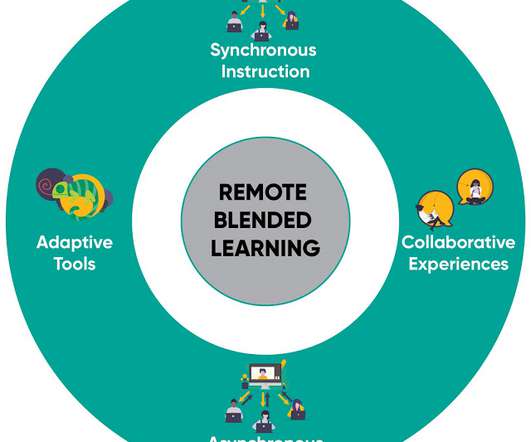Remote Learning Teaching Tips
A Principal's Reflections
APRIL 26, 2020
Perhaps the most concerning survey result is that more than half of teachers (57 percent) say they do not feel prepared to facilitate remote and online learning. In some cases, immense challenges such as digital equity and limited parental support at home have had to be addressed and overcome. My favorites at bit.ly and tinyurl.














Let's personalize your content